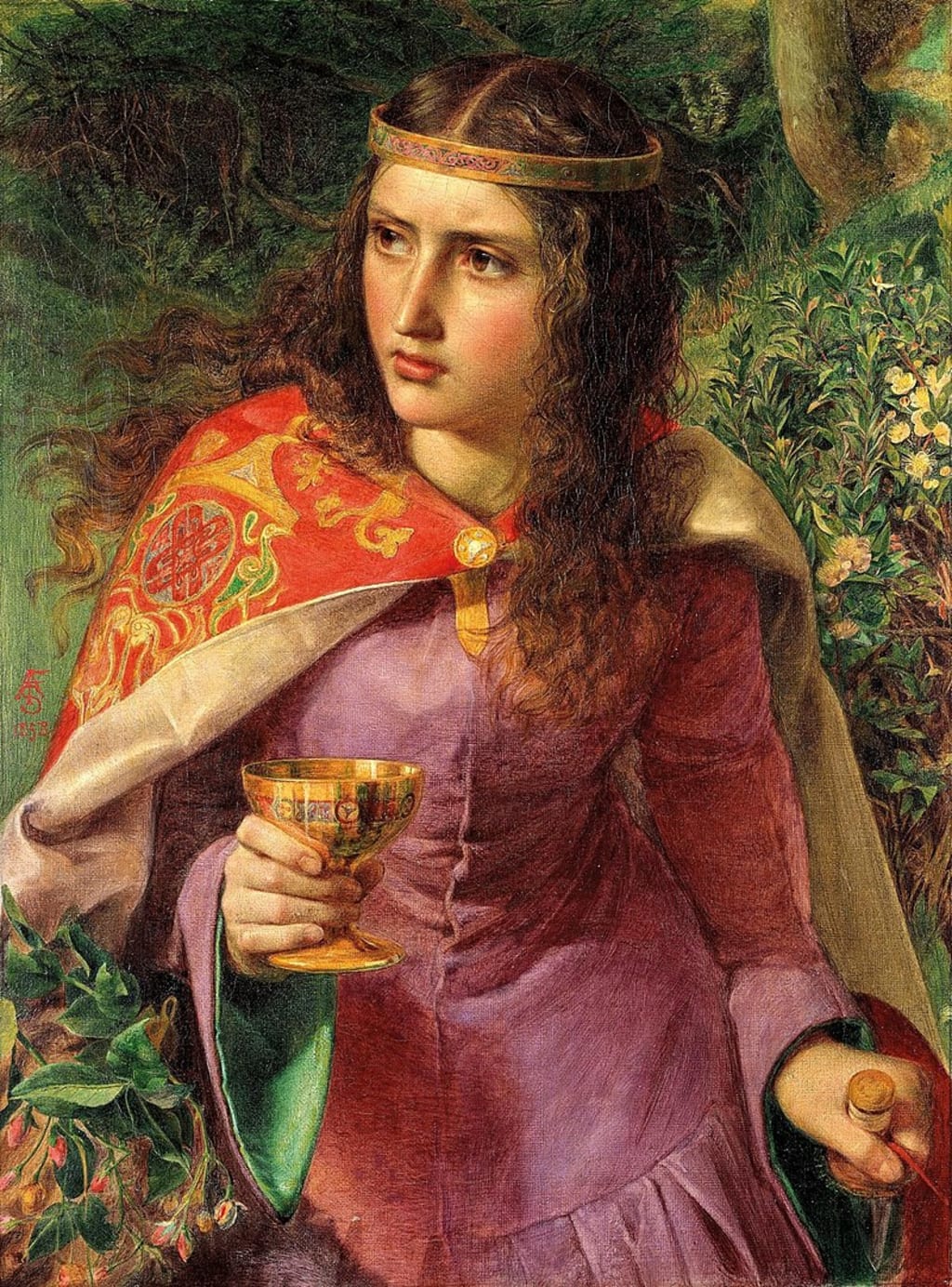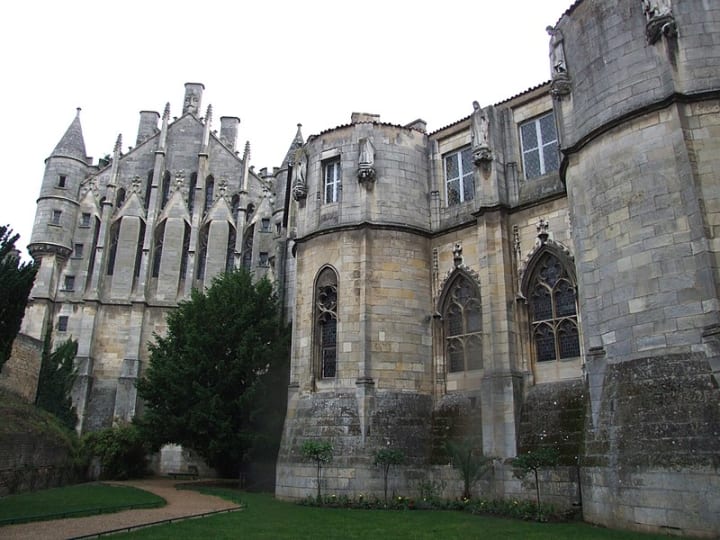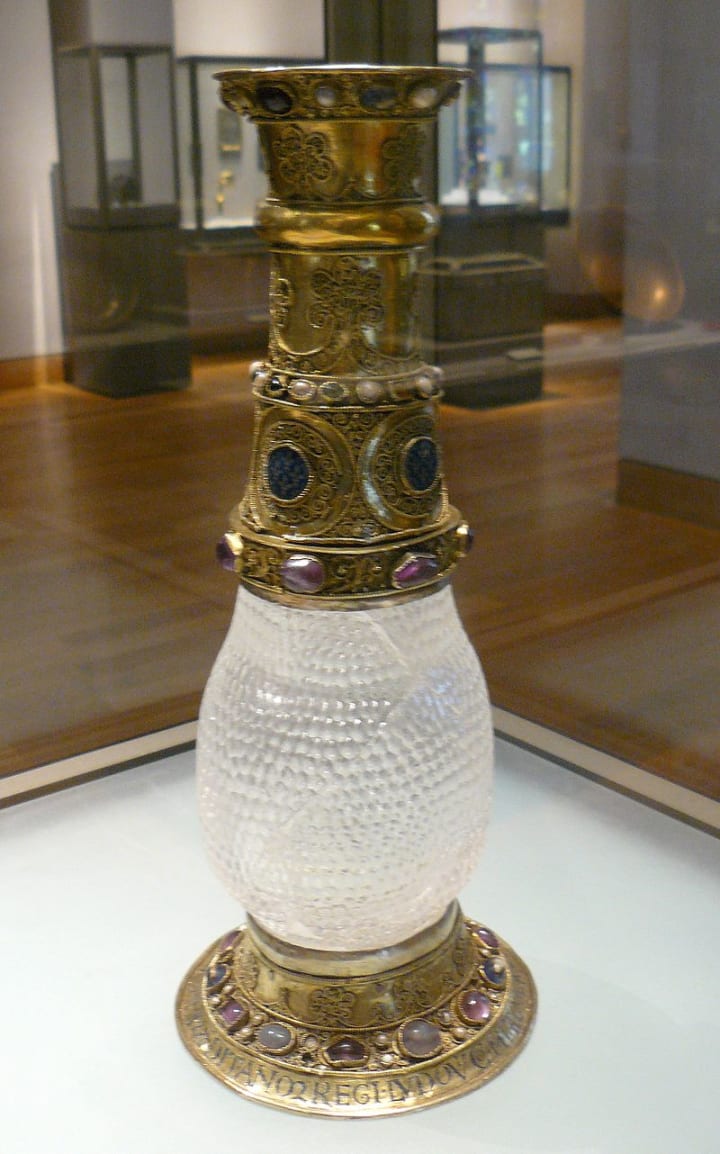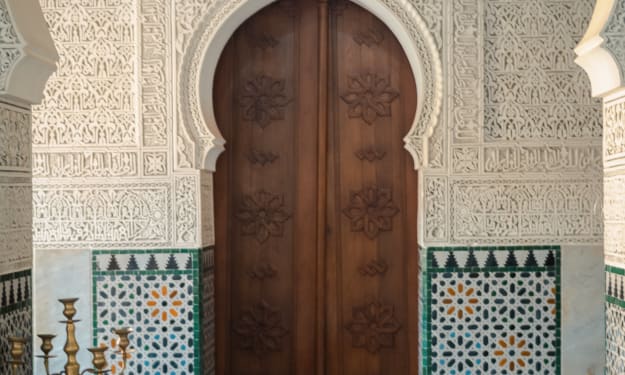Eleanor of Aquitaine: The Remarkable Queen of Two Kingdoms
A woman of history, for all time

Eleanor of Aquitaine, one of the most powerful and fascinating individuals of the Middle Ages, changed the course of European history through her life and rule. She was born in 1122 in Aquitaine, the region that forms part of southern France today, and would go on to become the mother of two kings and the second wife of another who would rule most of the continent. Eleanor’s life centered on ambition, intellect, passion and a strong desire to define her own power in a world dominated by men.

Early Life and Marriage
Eleanor was the eldest daughter of William X, Duke of Aquitaine, and Aenor de Châtellerault, the heiress to that Duchy upon the death of her father in 1137, making her one of the wealthiest and most desirable heiresses in Europe. The Duke of Aquitaine called the shots in southern France, and his wealth allowed him to build Poitiers into a major power by supporting the marriage of his daughter Eleanor, who was betrothed to Louis, the eldest son of King Louis VI of the Capetian dynasty in northern France. This political match/war with Spain over Aquitaine solidified the Capetian monarchy’s control of France in the 1120s, and Louis became King Louis VII of France in 1137. When Louis turned 21 and was crowned king in 1131, he married the highly sought after 15-year-old Eleanor, making her Queen of the Franks.

Her marriage to Louis VII in 1137 was constantly plagued with political disputes and personal hatreds: the couple had two daughters but a stormy relationship, their different personalities and interests providing a bad match. Louis was a pious and austere king, in contrast to Eleanor who was feisty and an inveterate adventuress. Their marriage was annulled in 1152.
Queen of England
Divorced from her first husband, Louis VII of France, Eleanor married Henry II of England, who in time was to be one of the most powerful rulers in the history of the polity known as the ‘English’ monarchy. Eleanor of Aquitaine as the Queen of England plunged herself into the day-to-day politics and administration of that realm, the management of royal states, and the education of her children.
Eleanor and Henry II married in the summer of 1152; they had at least eight children, six of whom survived to adulthood (including the kings Richard the Lionheart and John Lackland), and Eleanor exerted ongoing influence over several of her sons. Their relationship began with traditional-style courtly love, most likely initiated by Eleanor. He is likely to have been the younger lover, as he was an 18-year-old and Henry was estimated to be around the age of 30 when they married. Their relationship was characterized by infidelities, power struggles and bouts of estrangement.
The Court of Love and Cultural Patronage
From her power base at the court of Poitiers, Eleanor exerted influence not only on the conduct of war but on the cultural trends that developed over the course of the middle ages. A keen patron of the arts, literature and courtly culture, her sophisticated and cosmopolitan court drew poets, troubadours and other vanguard intellectuals from across Europe. Eleanor was a pivotal figure in the early development of courtly love, or amour courtois – a literary and cultural movement that idealized courtly love, chivalry, as well as more abstract concepts like freedom, service and courtesy.
Eleanor’s court fostered new cultural forms and innovative literary and poetic sensibilities that broke the mold of earlier pretensions and would form the basis for modern medieval literature and poetry. She served as patron to the 12th-century poet Marie de France, author of the Lais, and to the poet Chrétien de Troyes, author of Lancelot or the Knight of the Cart and the Vulgate cycle. Eleanor’s court also transmitted Arabic learning and philosophy to the West, foundations of what would become medieval European intellectual life.

If the life of Eleanor of Aquitaine appears, in the end, enigmatic and inconsistent, a product of those things that can and cannot be known about a woman’s private life in medieval society, then so too is her legacy. She was a female leader before her time; possessed greater power than any other woman of her age; and represented the hopes and ambitions of pious medieval women, even as she embodied the avarice, cruelty and sinfulness of more antagonistic male and female observers. In death as in life, Eleanor’s reputation clouds and dazzles. The story of this extraordinary woman still inspires wonder. Within a society defined by patriarchal values, Eleanor of Aquitaine was a trailblazer for female independence and ambition. Diplomat, cultural patron and personal charismatic icon—she was a legend in her own time, and has been a subject of obsessive fascination for historians and writers ever since.
Eleanor’s life and reign still ignite contemporary scholars, artists and audiences in ways both familiar and innovative, in part because she remains an unexpectedly familiar figure in a still-medieval world: a female ruler whose power transcends modern borders of time and state. Her fascinating story endures as an embodiment of female rule, the competing realities of medieval politics and the legacy of culture and art. Eleanor of Aquitaine remains an icon of strength, intelligence and resilience: a queen who ruled in her own right.
Later Years and Achievements
Despite her first marriage, Eleanor of Aquitaine remained a major presence in the politics of the Angevin Empire until her death. She supported her sons in their conflicts for power and succession, at times against her husband, Henry II. She carried out several diplomatic missions and negotiations, engaging her mind and political shrewdness on behalf of her family and her lands.
Eleanor’s greatest feat was helping her son Richard the Lionheart get released from captivity during the Third Crusade. She went to Germany to speak personally to Emperor Henry VI, demonstrating her gift for diplomatic maneuvering and family power politics.

Death and Legacy
Eleanor of Aquitaine was 82 years old when she died on 1 April 1204. She had lived long and, it’s fair to say, well: not only as the wife of two kings but also as a feudal baroness in her own right, as the duchess of Aquitaine, as the queen of France and of England and, finally, as a powerful, influential and independent woman leading a double life in the shadow of the expansive castle of Fontevraud. Her children and grandchildren would go on to play their part in no less than the histories of England and France, shaping the course of European history for centuries to come.
Eleanor of Aquitaine is today one of the best-remembered, and most compelling, women of the Middle Ages, and all time.
About the Creator
Enjoyed the story? Support the Creator.
Subscribe for free to receive all their stories in your feed. You could also pledge your support or give them a one-off tip, letting them know you appreciate their work.





Comments
There are no comments for this story
Be the first to respond and start the conversation.